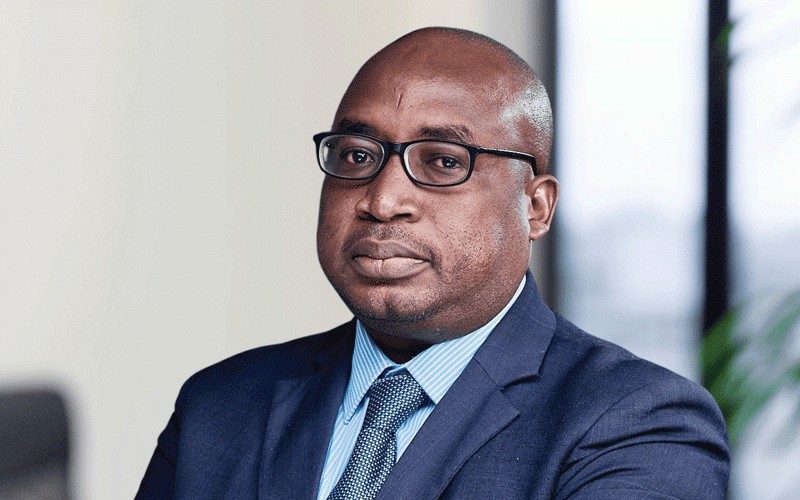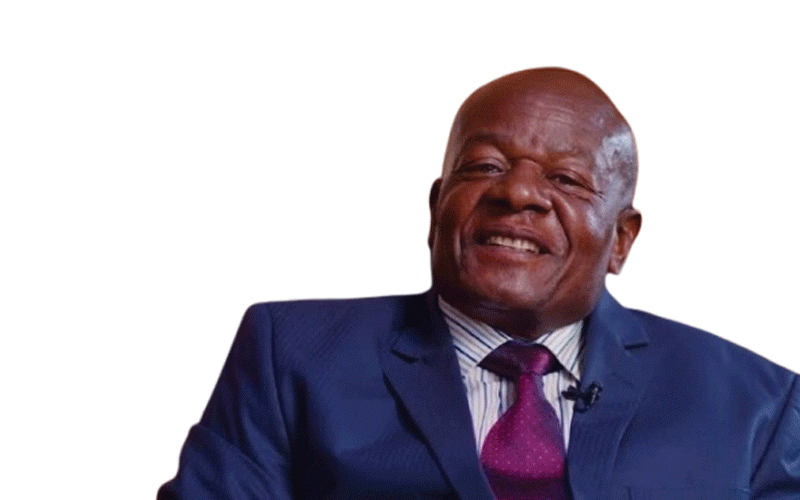
Zimbabwe will need to invest up to US$10 billion to raise power production to meet domestic demand, a new study by Veritas has revealed, warning that the poor remain largely excluded from access to electricity.
It is a staggering bill for a country already weighed down by a US$21,5 billion debt — nearly half of its US$44 billion gross domestic product — and struggling to honour repayments.
Finance minister Mthuli Ncube recently said token payments to creditors, including the World Bank and the Paris Club, would continue but this won’t be at a pace required for lenders to unlock new debts for infrastructural projects including power plants.
In its analysis, Veritas said while corporations and the affluent were spending heavily on off-grid solutions, “peasants and the working class were bearing the brunt” of the electricity shortages.
Power shortages have unsettled the economy since 2007, when output plunged below demand.
The deficit worsened after Southern African Power Pool members began ring-fencing electricity for their own economies.
Zimbabwe still imports from regional utilities, but Parliament disclosed earlier this year that Zesa Holdings was paradoxically exporting part of its limited generation — exports seen as critical to service debts, including those from recent China-backed refurbishments.
“Zimbabwe will need as much as US$10 billion to invest in energy production over the next decade to avert the ongoing energy crisis,” Veritas said.
- Budget dampens workers’ hopes
- Govt issues $24 billion Covid-19 guarantees
- Letter to my People:They have no answers for Nero’s charisma
- ZMX to enhance farm profitability
Keep Reading
The think-tank urged a review of the country’s energy mix, an inclusive policy framework, and measures to accelerate the energy transition.
Current demand is estimated at 4 000 MW, yet generation is only about 1 400 MW — a gap forcing many industries and households into costly private solutions such as solar plants, diesel generators, and windmills.
Veritas raised concerns over the plight of those unable to afford these alternatives.
“Poor working-class and peasant families, who cannot afford these things, are bearing the brunt of the energy crisis,” the report said.
Most of Zimbabwe’s power comes from the 1 050 MW Kariba South hydropower plant, refurbished in 2018 with US$553 million in Chinese funding, and the Hwange thermal station, upgraded in 2023 at a cost of US$1,5 billion, also financed by China.
Kariba has faced challenges from prolonged droughts in the Zambezi River basin, leaving the country heavily reliant on about 600 MW from Hwange’s two new units refurbished under the Chinese programme — still far short of requirements.
Water levels at Kariba improved this year after good rains.
“But everyone is suffering because electricity generated from private sources is generally more expensive than electricity from the national grid, and goods produced using privately generated electricity are correspondingly more expensive,” the report noted.
Several small private mini-hydro stations exist, but they mainly serve their owners, feeding only surplus into the national grid. The country’s other thermal plants — Munyati, Bulawayo, and Harare — require full overhauls before contributing meaningfully, according to the report.
The US$200 million Dema diesel plant, commissioned in 2016, remains mothballed amid doubts over its viability.
Solar power uptake has been slow despite abundant sunshine. Plans to set up solar facilities at Lake Kariba have not been implemented.
Zesa appointed Intratek Zimbabwe, owned by Wicknell Chivayo, to develop a US$100 million Gwanda solar farm, according to Veritas.
The project has stalled amid legal disputes, despite a US$5 million advance payment.
By contrast, private players like Centragrid, Zimplats, and Econet’s Distributed Power Africa have launched solar projects, though mostly for their own consumption.
Zimbabwe imports electricity from the Democratic Republic of Congo’s SNEL, Mozambique’s HCB, and South Africa’s Eskom, but ballooning debts to these suppliers and foreign currency shortages have constrained imports.
Veritas warned that the crisis may persist and called for urgent investment in new capacity such as the Batoka Gorge hydro project, alongside incentives for both commercial and domestic users to adopt solar.
The think-tank said Zimbabwe needs a comprehensive energy policy that balances green technologies with its coal reserves, which could serve as a short-term backstop despite environmental concerns.
Multilateral funders now favour clean energy, meaning any strategy must align with climate finance trends.
Domestic resource mobilisation — including pension funds — could also be explored to finance the sector, given its potential to spur growth.
In his 2025 national budget review two weeks ago, Ncube said: “In addition, the expansion of the country’s captive power capacity, especially from renewable energy sources such as solar power by companies and households estimated at a minimum of 86 MW, has significantly reduced demand on the national grid.
Meanwhile, government has continued to support programmes that enhance access to electricity through the expansion of the national electricity distribution system to the under serviced and marginalised communities, particularly in rural settlements through the Rural Electrification Agency”.











